23:13 Another name for this popular plant is Joseph’s coat, and a look at the variety of forms available will soon explain why. The tough, leathery leaves are indeed of many colors, largely yellows and greens mottled or veined with rosy pink, red, or orange. 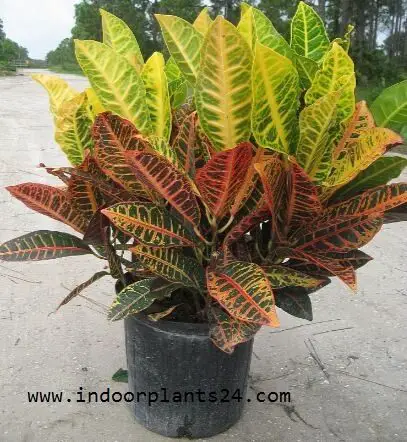
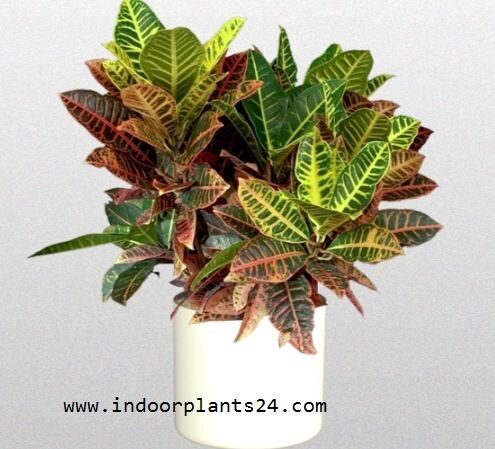 Their shapes, too, vary enormously, from long and pointed to short and broad; from slender, wavy-edged ribbons to deeply lobed and fiddle-shaped. The plant forms a small, sturdy shrub, often with a bare lower stem.
Their shapes, too, vary enormously, from long and pointed to short and broad; from slender, wavy-edged ribbons to deeply lobed and fiddle-shaped. The plant forms a small, sturdy shrub, often with a bare lower stem. 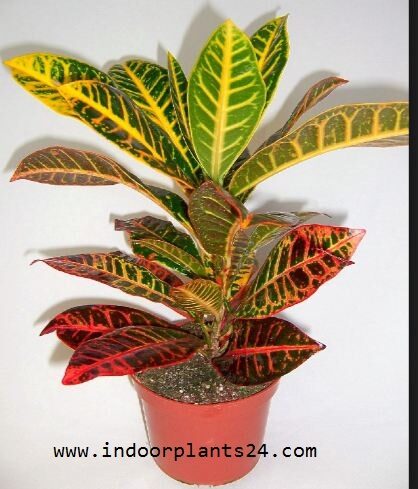
In some forms the colors remain the same; in others they darken with age. Mature plants may produce insignificant, fluffy, cream-colored flowers. 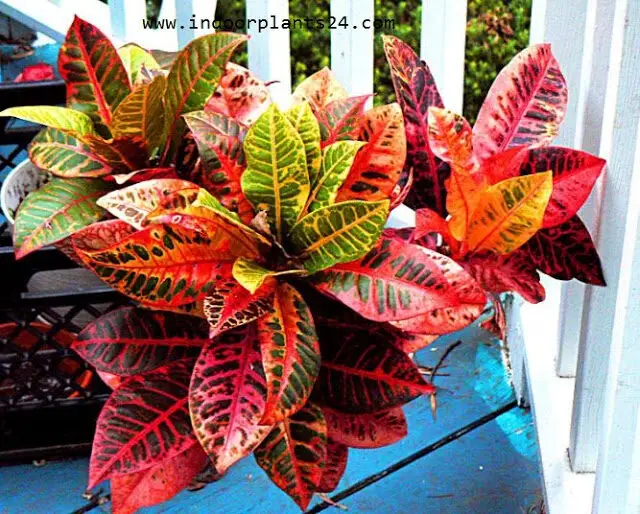 FACT FILE
FACT FILE
ORIGIN Malaysia; Pacific islands; Northern Australia.
HEIGHT To 3ft/90cm and more.
POTTING MIX Soil-based. 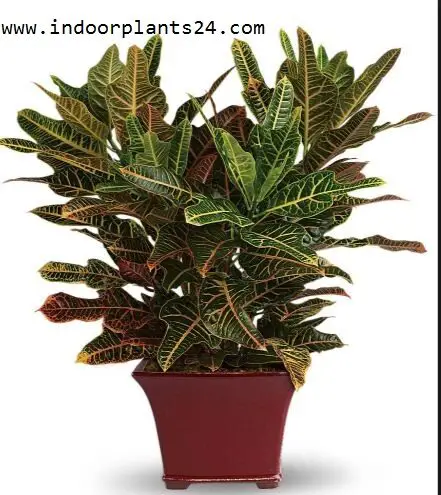 REPOTTING Move into a pot one size larger in spring; when maximum desired size is reached, top-dress instead.
REPOTTING Move into a pot one size larger in spring; when maximum desired size is reached, top-dress instead.
PROPAGATION By tip cuttings in spring.
KEEPING PLANTS Plants are naturally bushy, so should not need pruning. But if they become too large, cut them well back in early spring, and use the prunings for propagation. 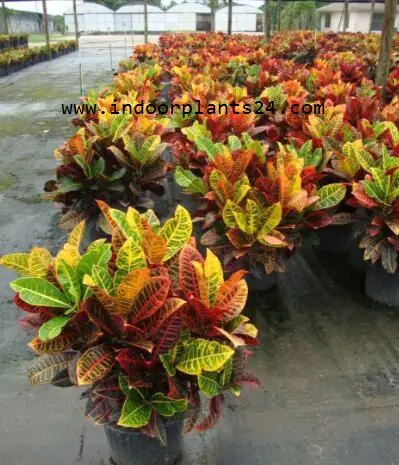
CODIAEUM VARIEGATUM PICTUM Euphorbiaceae PLANT CARE
- Bright light with some direct sun.
- Warm conditions with a minimum of 60°F/16°C in winter.
- Keep the soil evenly moist during the growing period. Reduce watering in winter, but do not allow the soil to dry out completely.
- Mist often and stand the plant on a tray of moist pebbles.
- Liquid-feed every 2 weeks during the growing season.
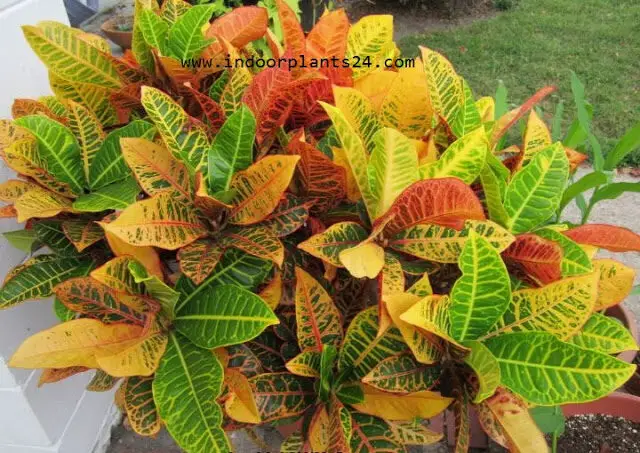 ALSO RECOMMENDED TIPS AND DETAILS YOU SHOULD KNOW
ALSO RECOMMENDED TIPS AND DETAILS YOU SHOULD KNOW
Many varieties are available which are often sold unnamed.
Codiaeum variegatum pictum ‘Aucubifolium’ has green, laurel-like leaves spotted with yellow; Craigii’ has deeply lobed leaves with yellow veins; Reidii,’ deep red veins and leaves suffused with red, Yellow, and pink; and ‘Bravo,’ lightly lobed leaves splashed with yellow. 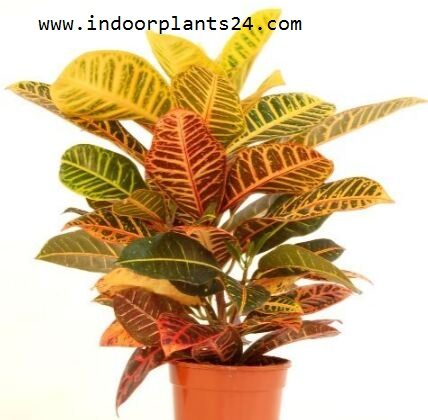 Codiaeum ‘Golden Bell,’ a recently developed variety, has long, square-ended multicolored leaves, some with smaller leaflets growing from them.
Codiaeum ‘Golden Bell,’ a recently developed variety, has long, square-ended multicolored leaves, some with smaller leaflets growing from them.
The choice of different shapes and color combinations of codiaeum leaves is vast.
Keep the plants in bright light to ensure the best foliage color and to avoid a bare lower stem where leaves have fallen prematurely.
Check the undersides of the leaves, especially along the midrib, for scale insects. If you find any, scrape them off with a fingernail.
Colors fade if the fight is poor, especially in winter; move the plant to a brighter location.
Mealybugs and red spider mites both attack this plant; high humidity will help to keep the latter pest at bay.
- Share
- Share
- Share
- Share
